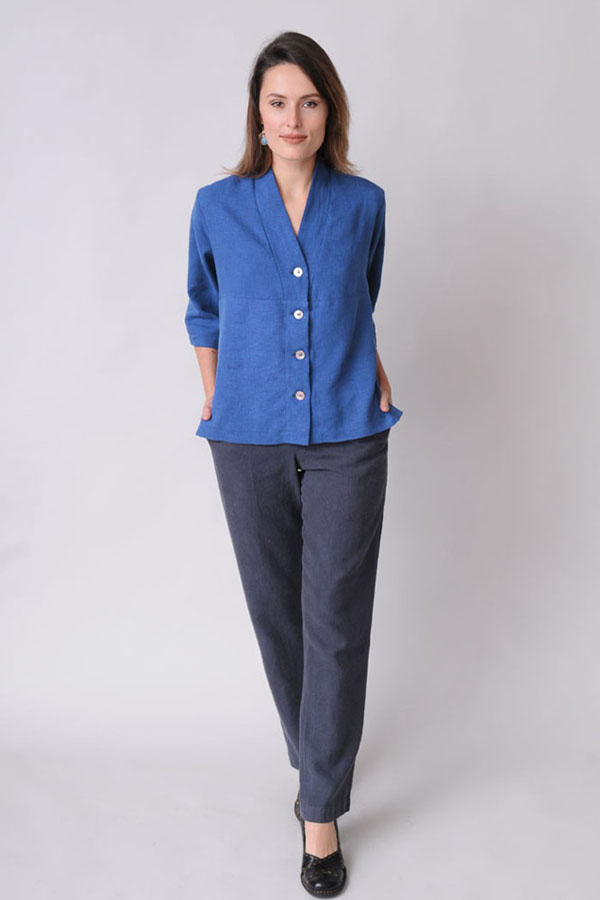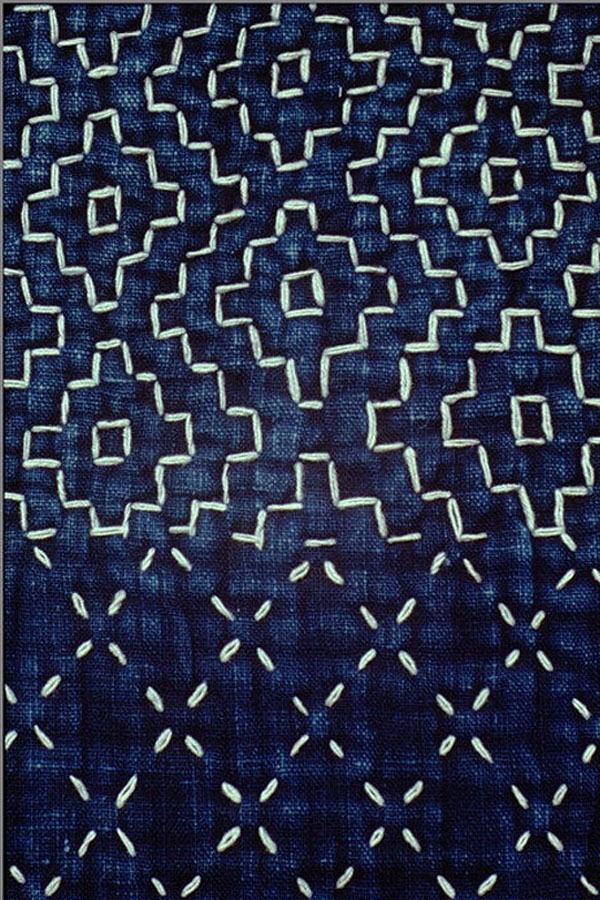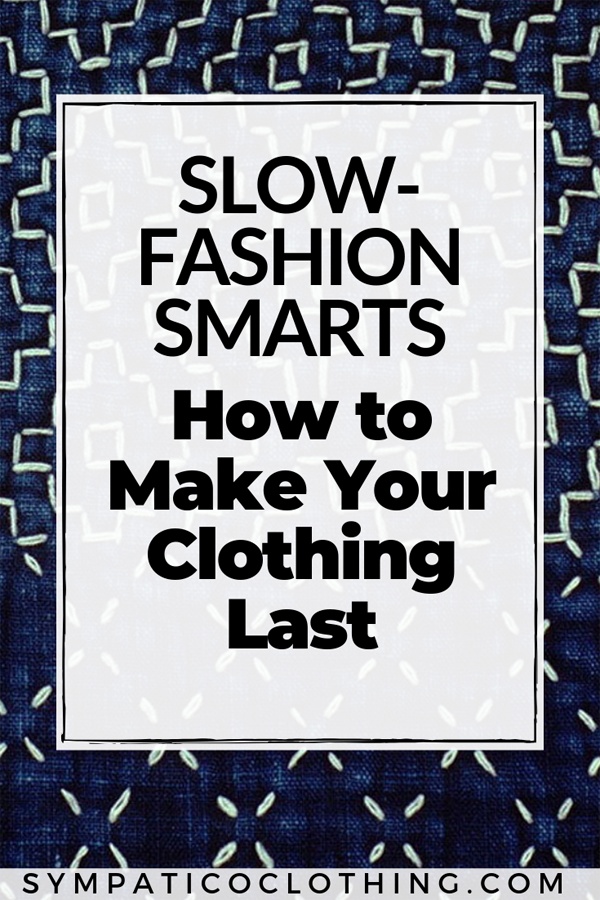Slow-fashion smarts: Maintain, mend, overdye, refashion, reuse, recycle
Posted by Rose on 19th Aug 2024
How can sustainable clothing benefit the environment? Extending the useful life of clothes and even repurposing their fibers can make a serious dent in clothing’s environmental impact.
A customer recently asked me to repurpose a pair of her Stovepipe Pants into cropped pants. Her lifestyle had changed and there was still plenty of wear left in the Stovepipes. Her request and reuse of clothes she still values was pretty much the antithesis of a fast-fashion approach in which consumers would toss the stovepipes and pick up some new cropped pants as part of a continual wardrobe acquisition-and-expansion program. This is the business model on which H&M, Zara, and other fast-fashion retailers depend.

Our versatile hemp/tencel Stovepipe Pants.
Sashiko; mending with a side of self-expression
While shortening a pair of pants is pretty prosaic, sometimes repurposing or mending a garment offers an opportunity for self-expression while extending its life. In Japan, the art of sashiko, “visible-mending,” calls attention to what were formerly rips and worn spots by making no bones about the work being a mend.
Instead, sashiko seeks artistic solutions to restoring worn clothes using artfully applied functional embroidery. Typically made up of running stitches in geometric patterns, this embroidery work was traditionally used to strengthen homespun clothes as well as create new garments from worn components.
Going steady with your closet
As I blogged before, we can change our consumption habits by changing our relationship with clothes. It’s encouraging that a handful of sustainable clothing makers are leading the way today by repairing, renewing, repurposing and reselling used clothes received back from customers.

A sample of sashiko embroidery stitches.
Revitalize with new color
Overdyeing is another way to prolong a garment’s life. I’m lucky enough to have a professional dyer available when I want to refresh garments.
If you are looking for a relatively simple way to maintain your clothes, overdyeing is one of them. Whether the original shade is showing its age or you just want to change things up, there are a number of home-use dyes that will do the job. Keep in mind, though, that many of the dyes sold for the home market will not work with synthetics. And if your garment contains polyester thread, that won’t take the dye either. So read the label first, and overdye on natural fiber clothing.
Launder less
Minimizing the number of times you launder a garment extends its life too. As I noted in the blog post, Wash less and care more, there are many ways to minimize the wear that results from washing and drying clothes. Read that article to learn how to make your clothes last longer.
The first step is to stop tossing clothes in the laundry hamper as a matter of habit. Instead, give them the sniff test first.
Choose breathable, antimicrobial clothing
The hemp content in Sympatico’s fabric resists both microbes and mildew so you can go longer between launderings. For more ideas about smart clothes care, see 7 laundry tips that treat your clothes and our planet gently.
Recycle your clothes
The Environmental Protection Agency estimates Americans get rid of 81 pounds of clothing every year. Despite the fact that 95% of the fabric in those clothes has the potential to be recycled, 85% of all discarded clothes end up in the landfill. What if we made an effort to learn about reuse of clothes, and stopped throwing away pieces that could be repurposed or recycled?
When we consider that the manufacture of all those clothes people throw away is one of the largest polluting activity on the planet (petrochemicals are the first), it becomes clear we must clean up our act.
Final thoughts on how to make your clothes last longer
What once was your favorite tee was relegated to the back of the closet because of its faded color and the hole in the pocket. Some of the approaches above to maintaining your clothes are bound to get your creative juices flowing and rekindle your relationship with your trusty tee.
Think about overdyeing the piece, then patching up the hole with a bit of sashiko. A new affair with an old lover? Sounds exciting. Have fun sprucing up your existing wardrobe with these slow-fashion tips.

Share:







